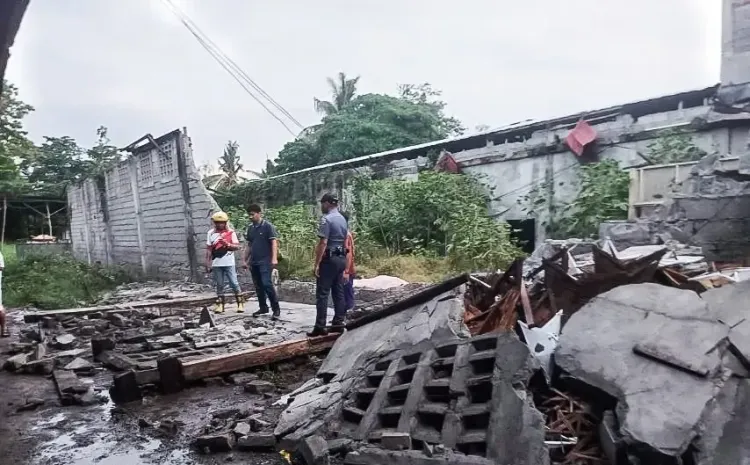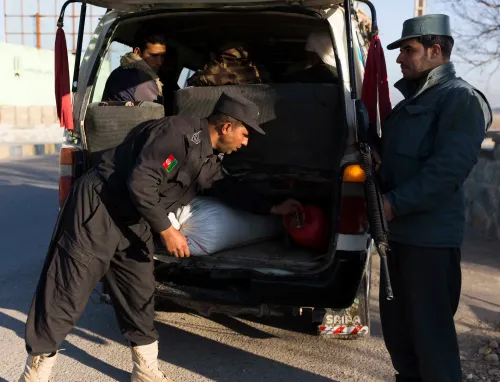What is the Latest Death Toll from the Powerful Earthquake in the Philippines?

Synopsis
Key Takeaways
- Death toll from the earthquake has reached 72.
- 294 people have been reported injured.
- 47,221 families affected, prompting a state of calamity.
- Significant infrastructure damage with 87 buildings and 597 houses affected.
- The Philippines is located on the Pacific Ring of Fire, increasing seismic activity risk.
Manila, Oct 2 (NationPress) The death toll from the 6.9 magnitude earthquake that devastated Cebu province in the central Philippines has tragically risen to 72, according to the nation’s disaster management authority.
The National Disaster Risk Reduction and Management Council (NDRRMC) reported that at least 294 individuals sustained injuries due to the quake, which struck Cebu at 9:59 p.m. local time on Tuesday.
Among the fatalities, the hardest-hit area was Bogo City with 30 deaths, followed by San Remigio with 22, Medellin with 12, Tabogon with 5, and one each in the municipalities of Sogod, Tabuelan, and Borbon.
Over 47,221 families, equating to 170,959 individuals, have been affected by this disaster, leading to a declaration of a state of calamity across the entire province.
Furthermore, 87 infrastructures and 597 houses were reported damaged.
The Philippines lies on the Pacific Ring of Fire, an area known for its high seismic and volcanic activity, as reported by Xinhua.
In response to the disaster, the provincial government has declared a state of calamity, allowing local governments to quickly access emergency funds and implement measures like price freezes on essential goods to protect affected residents.
The frequent and often devastating earthquakes in the Philippines are attributed to the country’s location atop one of the world’s most seismically active regions, the Pacific Ring of Fire. This region is marked by significant tectonic activity from the movement and collision of various major and minor plates.
Specifically, beneath the central Philippines, two primary tectonic forces are at play: the Philippine Sea Plate and the Eurasian Plate.
To the east, the Philippine Sea Plate is subducting under the Philippine Microplate along the Philippine Trench, while to the west, the Eurasian Plate is moving beneath the Philippine islands along the Manila and Negros Trenches.









